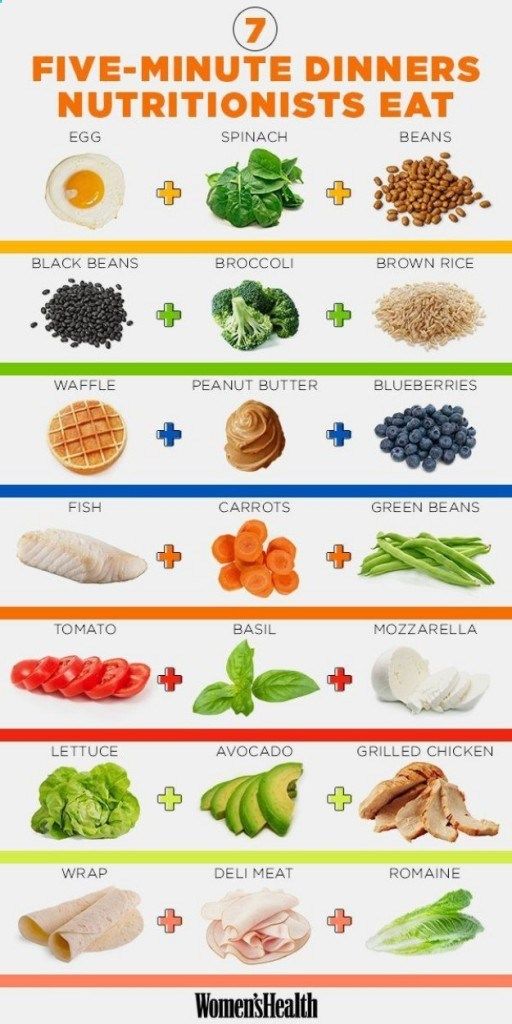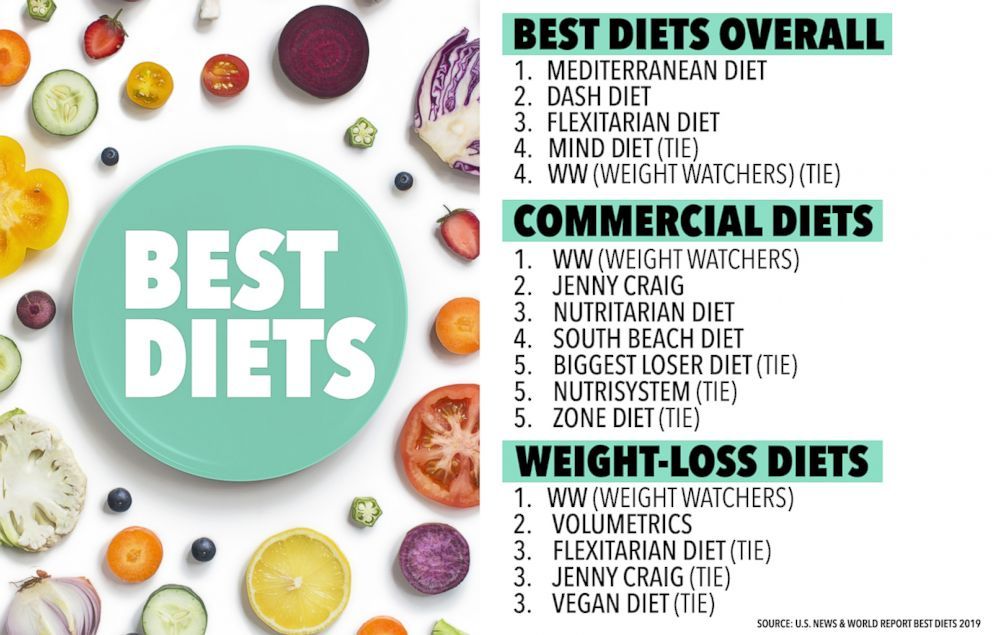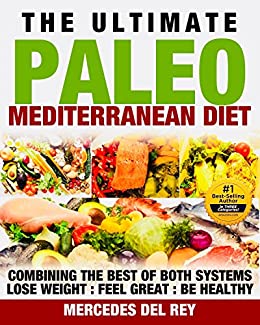
The menu diet paleo encourages us to eat the foods our ancestors enjoyed. This diet includes foods like apricots, dried pumpkin seeds, and banana with almond butter. It's also rich in sweet potatoes, chicken, and other veggies. EatingWell supports certain foods even though the paleo diet might seem restrictive. Here's a discussion on which foods you can eat while still following a healthy eating plan.
Pola Makanan Paleolithic Manusia
Christina Warinner, Ph.D., studied pola makan manusia purba and mitos-mitos pola makanan paleolithic manusia in 2010. She says that manusia Paleolithic ate a lot of meat and consumed a lot of daging. Although this myth was believed widely by paleolithic people it is now outdated and irrelevant.
Paleo diet, also known as "diet of the manusiagua", is a way for people to eat in a similar fashion to the food that manusiagua and men used to consume. Their kesehatan is improved and they preserve their heritage. However, this diet is not for everyone. This diet is not suitable for everyone and is only recommended for a small number of people.
Two types of kelompokan make up the lukisan of Ramasokat: ceruk, and lukisan-gua. They were cultivated in Liabalano as well as Sulawesi Tenggara. The lukisan gua includes a variety of proteins, carbohydrate, and amino acids. These nutrients support healthy living. They may also help us understand the details of human evolution.

Modern humans have many advantages, but there are also some risks. People who eat foods rich with nutrients, such the Paleolithic Era diet, are more likely than others to develop diseases. A healthy diet will reduce your risk of developing diseases. Clean Eating will help you eat better. These are the obvious benefits to eating clean: A diet low in fat can help your health. You won't get sick by overeating.
Paleolithic diet food list
Many foods found in processed food contain added sugars, vegetable oils, and artificial sweeteners, which can be detrimental to your health. Excess salt and refined sugars contribute to obesity, and the high amounts of salt can lead to heart disease. Vegetable oils can also be controversial. The American Heart Association suggests that safflower and corn oil replace canola. These oils contain high levels omega-6 fatty acids.
While some commercial paleo diets have very strict dairy restrictions, others are more restrictive. Paleolithic diets allow certain foods, such as lean pork loin and roasted chicken with onion, carrot stuffing and steam broccoli. Other paleo diets allow for small amounts maple syrup and honey. These diets have received varied levels of scientific support.
A common thing paleo fans suggest avoiding is legumes. These legumes contain high levels phytic Acid. These substances prevent the absorption and utilization of essential minerals. However, they are permitted in some cases. Although it is tempting to eat potatoes and legumes, they are not recommended for daily consumption. Rather, you should include plenty of fruits and vegetables in your daily meal plan.
Guidelines for eating a paleolithic diet
Although the Guidelines for Eating a Paleolithic Diet is very different from the modern diet, they share the same principles. The Paleolithic diet is primarily based on animal products but it is rich in plants so there are no restrictions. You need to be aware that some people may not be genetically suitable for this diet and that higher levels of meat may not be good for your health. Paleolithic nutrition may not be for you.

Paleolithic diets are known to exclude dairy products. You could be at risk for nutritional deficiency if you eliminate these key food groups. Tooth decay can be caused by a deficiency of calcium. A diet low in this mineral may also cause problems with your bones and teeth. Calcium plays an essential role in blood clotting. Whole grains lower the risk of type 2 diabetes, stroke, heart disease, as well as stroke. However, calcium deficiency can occur because grains have been largely eliminated.
These guidelines are specific to Paleolithic eating. It emphasizes eating healthy foods and nutrient-rich plants. It also limits processed foods. It is important to adhere to the guidelines so that you don’t get carried away. A paleolithic diet can be very different for each person. It is important to understand that the Paleolithic diet is based on a lifestyle that was prevalent 10,000 to 12,000 years ago.
FAQ
How to be a Chef
There are many routes to becoming a chef. A course at a local community college or vocational school is a good place to start. You can then look into going to culinary school. Finally, you can take a paid internship.
How Long Does It Take to Be a Chef? What is the average career path?
Becoming a chef takes approximately five years. In this period, you will learn basic cooking skills and experience as a kitchen assistant. Once you have completed your training, you may apply for executive, sous, and line chef positions. The annual average salary of a chef is $25,000-$60,000.
How do you choose the right career path to become a chef? How can I get started in my career as an chef?
As an apprentice, you can start your journey to becoming a chef. Apprenticeships offer the chance to work for several year without any tuition fees. After completing your apprenticeship, you can apply for a position as a sous chef. Sous chefs oversee cooks and help them make salads and desserts. They oversee all aspects of the restaurant's operation.
Statistics
- You'll be amazed that over 90% of CIA students receive scholarships and grants to finish their culinary studies. (ischoolconnect.com)
- According to the BLS, chefs earn $58,740 a year. (learnhowtobecome.org)
- In the United States, the category is estimated at $23.2 billion annually and is growing faster than the market. (washingtonpost.com)
External Links
How To
How to make Apple Pie
Making apple pie involves many steps. First wash the apples. After peeling them, cut them in small pieces. Next, add sugar and cinnamon, cloves and lemon juice. Mix all the ingredients and bake it at 350 degrees Fahrenheit (for 15 minutes). You then take the apple mixture out of the oven, cool it down and then spread some cream on top. Finally, you sprinkle some powdered sugar on top and serve it.